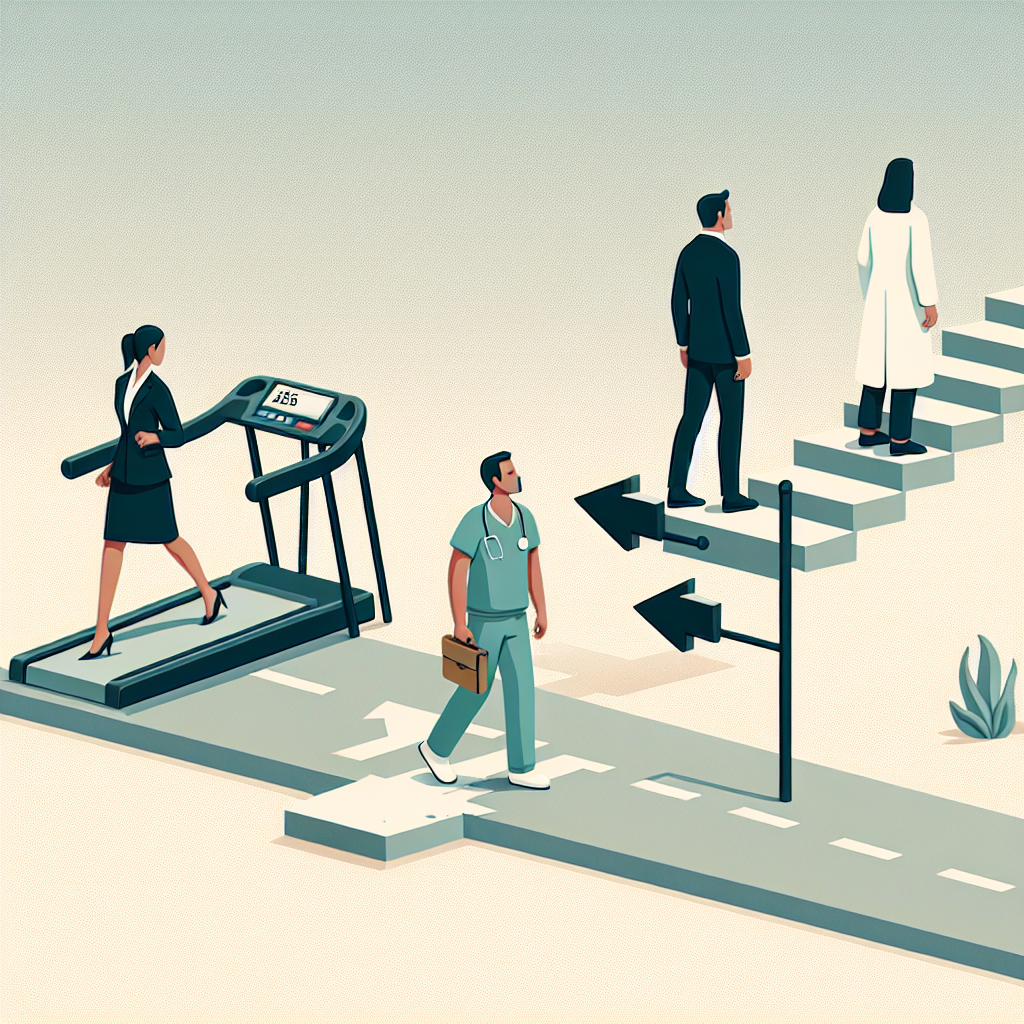Deciding to change careers in your mid-thirties can feel both exhilarating and intimidating. Mastering Changing Careers At 35: Step-By-Step Guide offers a clear framework to reduce overwhelm, evaluate your options, and take deliberate action so you transition with confidence. This article breaks the process into manageable steps, with practical tactics for skill-building, networking, and financial planning.
Mastering a career change at 35: why this moment works in your favor
At 35 you often have a blend of experience, clarity about your strengths, and enough runway to build a second act. Employers value transferable skills—project management, communication, problem-solving—while you can invest in training without the constraints many face later in life. Recognizing your marketable skills and mapping them to new roles is the first strategic move.
Step 1 — Clarify motivations and set realistic goals
Start by articulating why you want a change: values misalignment, burnout, desire for growth, or better work-life integration. Translate motivations into specific goals (industry, salary range, geographic flexibility). Create a 6- to 18-month roadmap with milestones like taking a course, updating your resume, and networking targets.
Step 2 — Audit and translate your skills
List both hard and soft skills. For each desired role, identify required competencies and map your current skills to those needs. Use concrete examples from your past work to demonstrate transferable achievements—quantified results are especially persuasive.
Practical tactics
- Perform an informational interview each week with someone in the target field.
- Complete small portfolio projects or freelance gigs to build evidence of capability.
- Use skills-based resumes and LinkedIn summaries that focus on outcomes, not titles.
Step 3 — Close the gaps with focused learning
Choose targeted training rather than broad, unfocused coursework. Micro-credentials, bootcamps, or certificate programs can accelerate readiness. Many employers prioritize demonstrable skills and practical work over formal degrees for mid-career hires.
Step 4 — Rebuild your professional brand and network
Update your online presence to reflect the direction you’re pursuing. Publish short articles, share project updates, and contribute to relevant communities. Networking is still the primary path to many roles—attend meetups, virtual events, and set up one-on-one conversations with people doing the work you want.
Step 5 — Prepare financially and emotionally
Transitioning careers may involve temporary income reduction. Build a buffer that covers 3–6 months of living expenses if possible, and explore part-time, consulting, or gig opportunities to smooth cash flow. Emotionally, expect uncertainty and setbacks; cultivate routines, peer support, and self-compassion to maintain momentum.
Resources for cross-generational career changers
While your situation at 35 is different from someone starting over later in life, there are shared lessons in resilience and reinvention. For related inspiration and strategies for older career restarts, see starting fresh new career paths for women at 50, which highlights approaches to pivoting successfully across life stages.
Quick checklist before applying
- Targeted resume that emphasizes transferable outcomes
- Two portfolio samples or case studies relevant to the new role
- Three to five tailored informational conversations
- Plan B income or part-time bridge strategy
Managing stress and well-being during the switch
Career transitions are stressful by nature. Leverage evidence-based strategies—regular exercise, sleep consistency, and social support—to maintain cognitive clarity. The World Health Organization’s guidance on mental health highlights the importance of support and self-care during life changes; review their advice at the WHO fact sheet on mental health for practical tips.
Short-term wins to sustain momentum
- Complete a small project within 30 days to build confidence.
- Update LinkedIn with one targeted post sharing what you’re learning.
- Apply to three roles that align closely with your transferable skills.
FAQ
Q: How long does a typical mid-career change take?
A: Timelines vary, but many people move into a new field within 6–18 months when they combine targeted learning, networking, and portfolio-building. The speed depends on how niche the new role is and how many transferable skills you already possess.
Q: Should I quit my current job before finding a new role?
A: Not usually. Staying employed provides financial stability and leverage. Consider a phased approach—work part-time, freelance, or use evenings/weekends for training—unless your current job is causing severe burnout that makes continuing untenable.
Q: Is additional formal education necessary?
A: Often, no. Employers increasingly value demonstrable skills and relevant projects. Short courses, certificates, and hands-on experience can be enough for many roles. Evaluate job postings to see whether a degree is a strict requirement or a preferred qualification.
Changing careers at 35 is a strategic endeavor, not an act of bravery alone. By mapping your strengths, filling skill gaps deliberately, building a visible portfolio, and protecting your well-being, you can navigate the transition with clarity and purpose.



